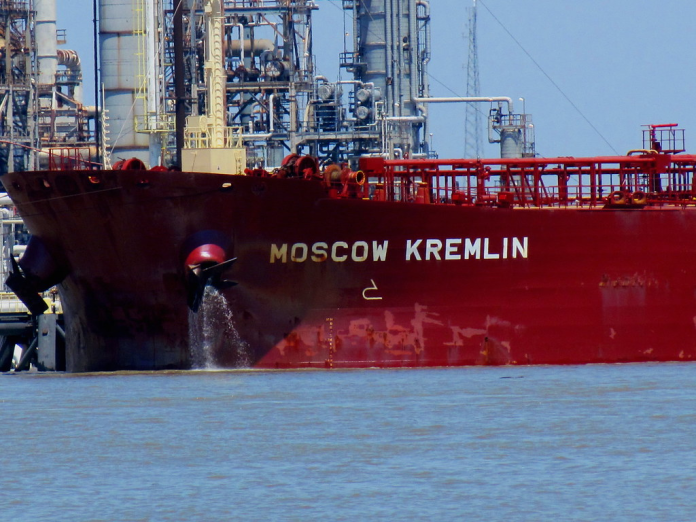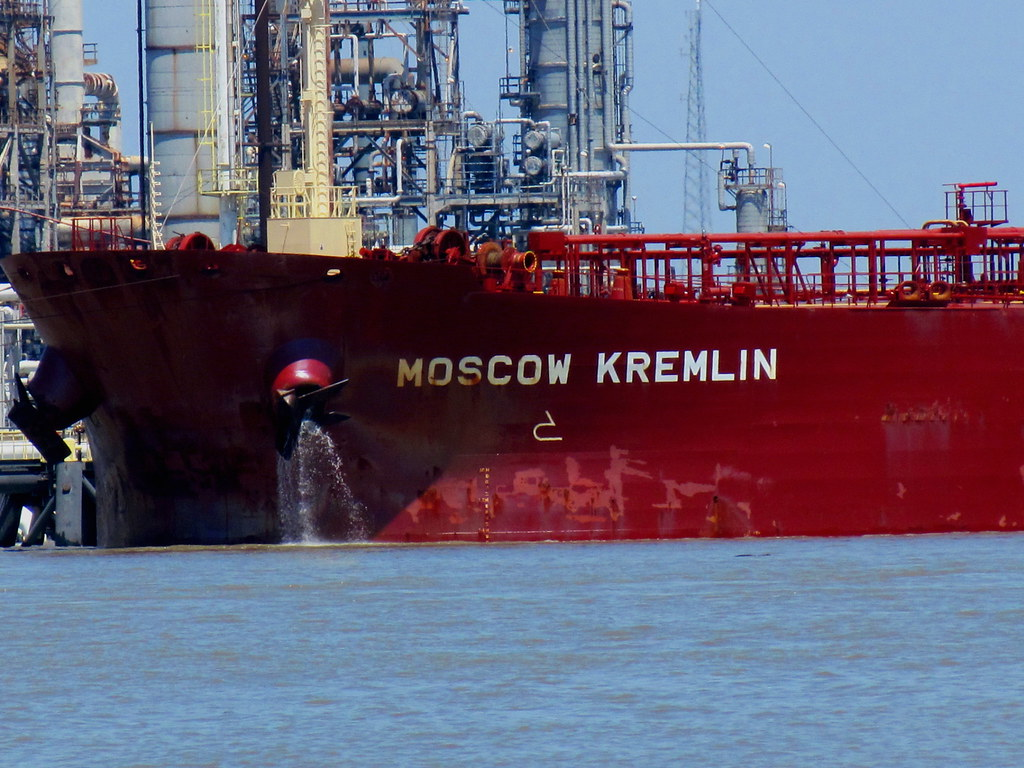
How can a conflict thousands of miles away drive the cost of petrol in Moscow into the stratosphere? Ukraine’s remote drone war against Russian oil refineries is delivering a brutal reply, revealing the vulnerabilities of complex energy systems under constant assault. What initially was focused on attacks on proximate military targets has expanded into a systematic campaign to undermine refining capacity, complicate supply chains, and push hard on the Kremlin’s economic lifeline.
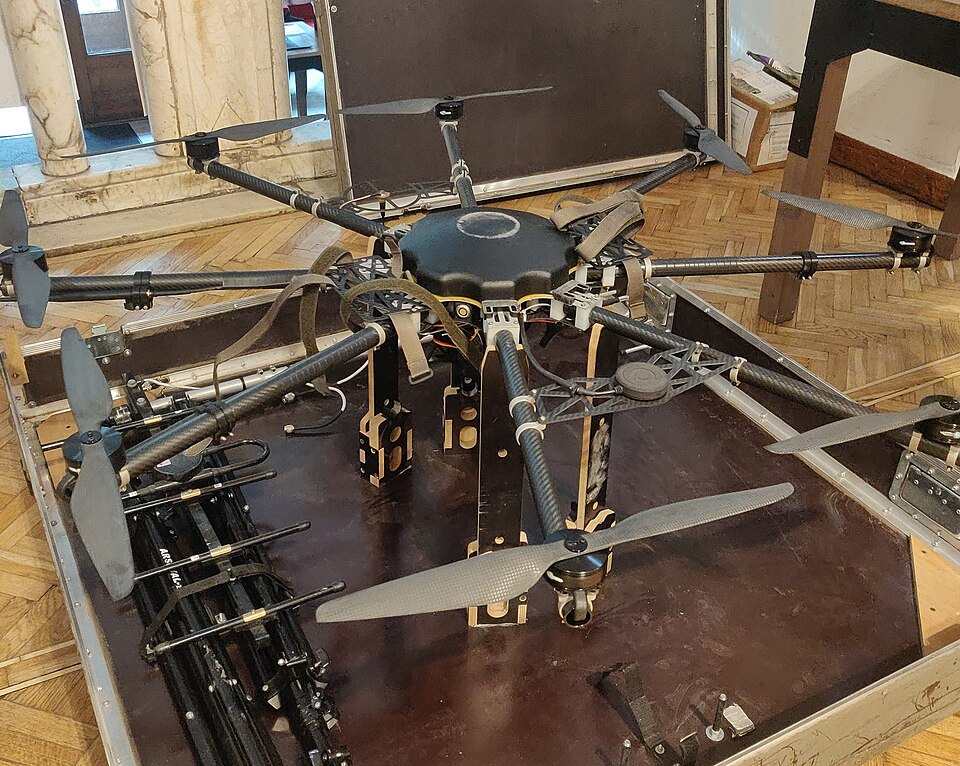
1. Boosting the Range of Ukrainian Drones
Ukraine has stepped up its refinery strike rate from August 2025, dispatching waves of kamikaze drones with improved navigation systems into deep Russian ground. Among these targeted refineries and plants are the Ukhta, Ryazan, Saratov, and Volgograd refineries, and the Syzran, Samara, and Novokuibyshev plants belonging to the Samara group. These attacks are unlike the 2024 campaign, when individual drone strikes caused temporary outages; nowadays, sustained hits on the same plants are intentionally slowing down repair efforts and keeping capacity offline. Reuters indicates that 15% to 20% of Russia’s total crude processing capacity has been taken offline in recent months.
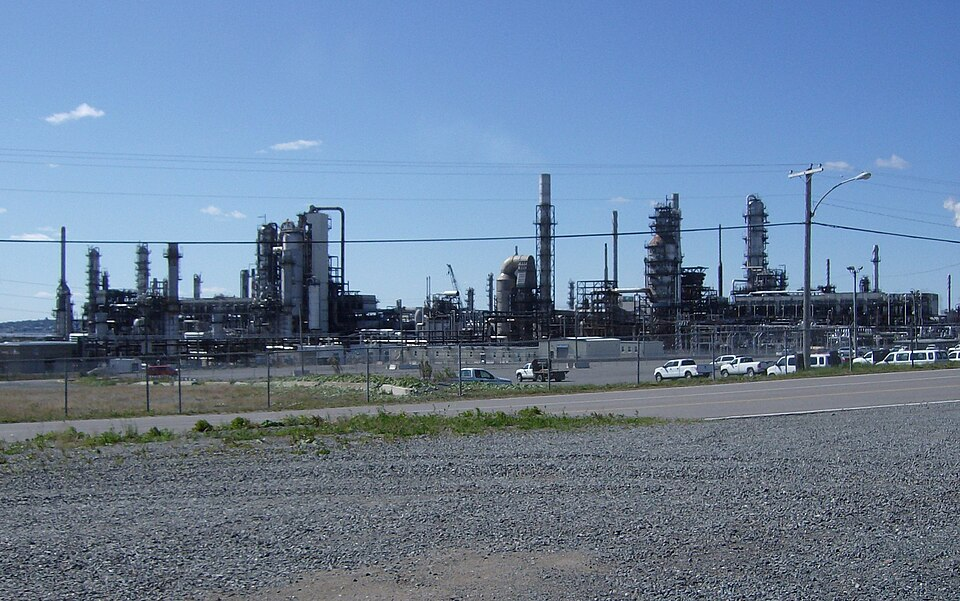
2. Engineering Flaws in Refinery Infrastructure
Refineries are big, hot chemical plants where crude is divided and is converted into fuel through distillation and cracking with the help of catalysts. Principal units such as cracking towers, reformers, and desulfurizers are capital and technically specialised. The August 31 bombing of the Kuibyshev refinery near Samara in southwestern Russia, with a capacity to refine 140,000 barrels a day, destroyed its main cracking tower and some storage tanks. Satellite photos verified widespread fire damage, and repairs will likely take weeks. Replacement is slow for such units since few nations produce them, providing a long-term restoration choke point.
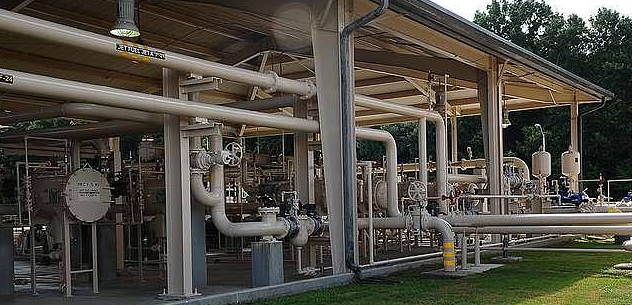
3. Supply Chain Disruptions and Regional Shortages
The refinery shutdowns have reverberated throughout Russia’s fuel distribution system. Wholesale gasoline prices are at record highs for AI‑95 fuel, and for drivers from the Far East to annexed Crimea, there are several-hour queues. Provincial reports in Khabarovsk Oblast had the region “completely out of gasoline,” leading to rationing. Deliveries have been given top priority to central western cities and state enterprises by the Kremlin, leaving periphery regions short. Gasoline is increasingly being peddled “off the wheels” from the tanker trucks, circling the depleted storage depots.
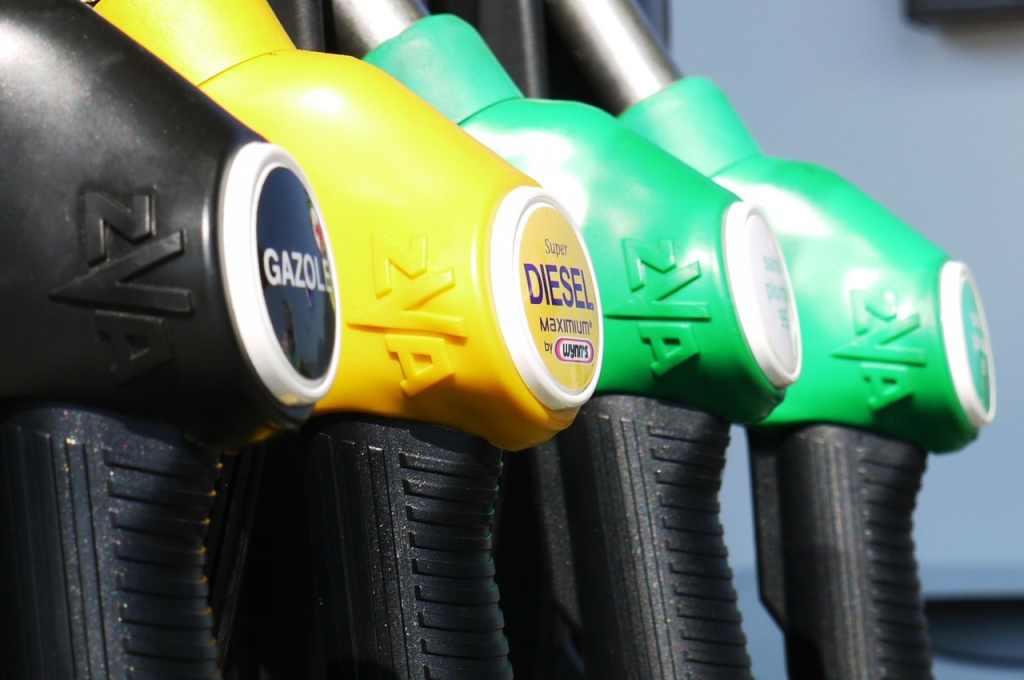
4. Seasonal Demand and Market Constraints
The raids have coincided with periods of peak seasonal demand: harvest boosts farm fuel use, holiday travel boosts petrol demand. Standard annual maintenance shut-downs have also limited supply. High interest rates have discouraged stocks, reducing the volume of gasoline discharged from warehouses. Wholesale prices have nonetheless risen with or without retail price caps and subsidies since mid-July; the wholesale A‑92 gasoline price has increased from 47.72 to 53.5 rubles per litre, approaching retail prices.
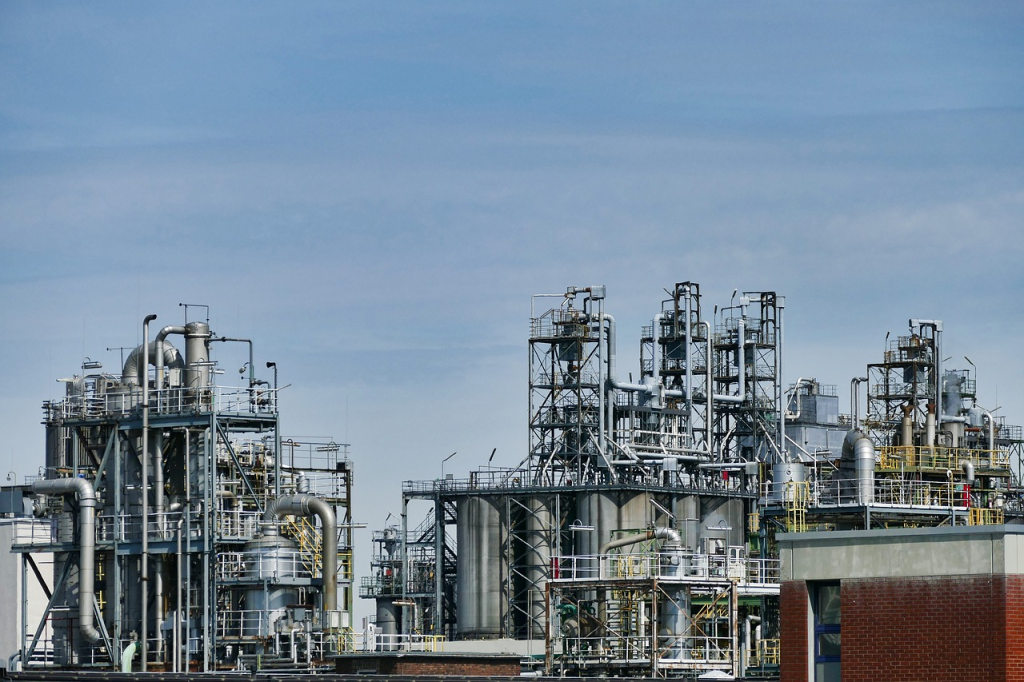
5. Kremlin Policy Response and Export Embargo
Moscow has expanded its export ban on petrol, which began at the end of the summer, to stabilise the domestic market. While this shields consumers from additional price spikes, it deprives the federal budget of export tax revenues at a moment when real military spending is set at an all-time high. The policy indirectly furthered Kyiv’s strategic goal of cutting Russian energy receipts. Refinery production has fallen by up to 10%, contributing to fiscal pressure, said analyst Maxim Dyachenko.
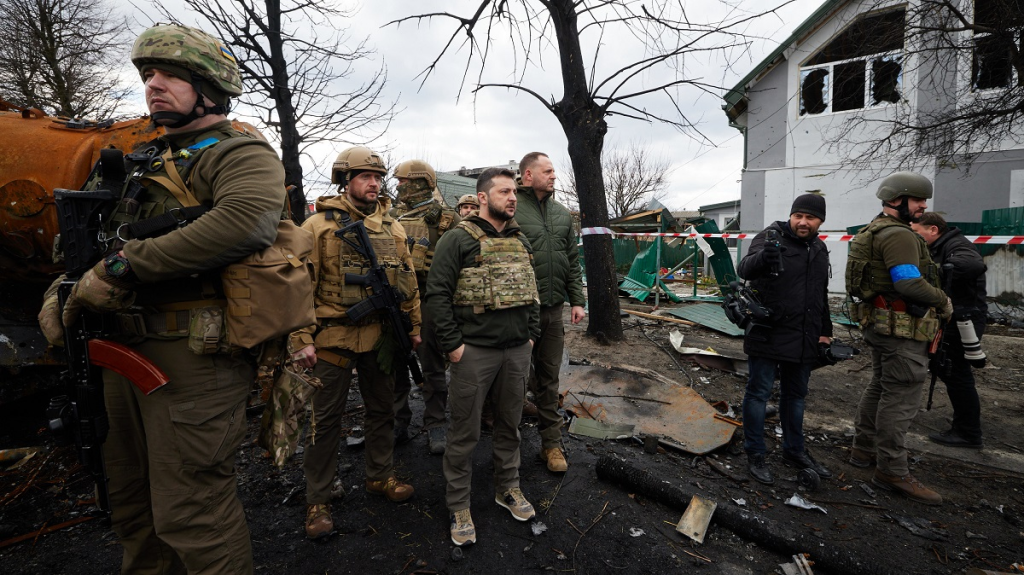
6. Military and Strategic Implications
Though Russia’s military relies more and more on diesel and aviation fuel, which are still amply supplied, the refinery campaign is a blow to the psyche. By demonstrating that energy facilities in the rear are not safe, Ukraine shatters the Kremlin’s narrative of resilience. The General Staff in Kyiv estimates that deep strikes this year have already cost Russia over 4% of GDP, with one in ten strikes landing targets over 1,000 kilometers beyond Ukraine’s borders.
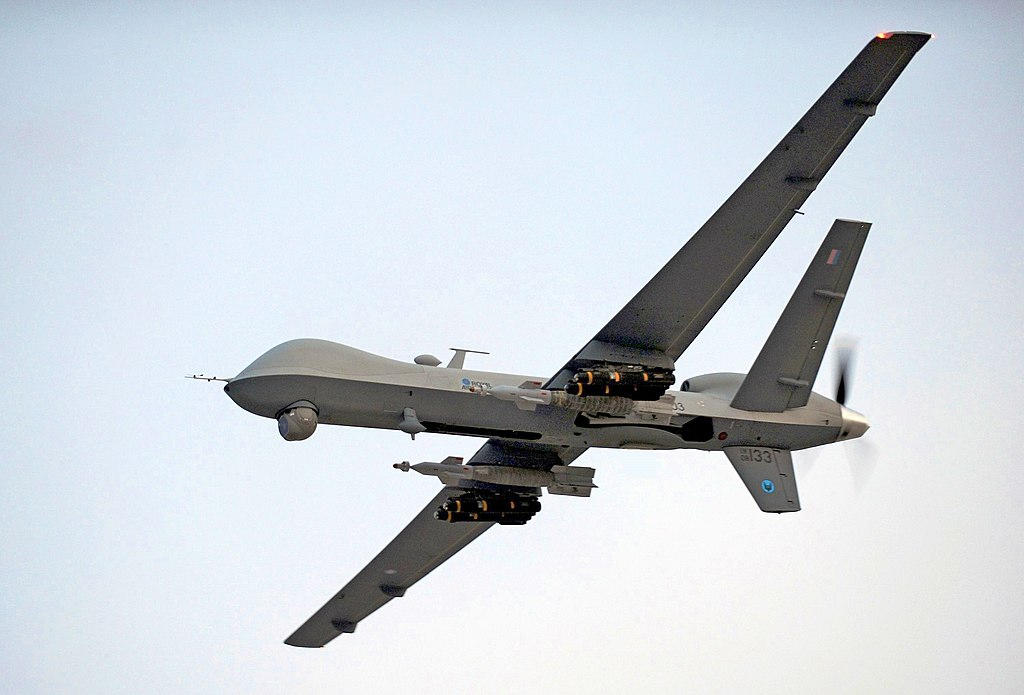
7. Drone Warfare Technology and Countermeasures
Ukraine’s UAVs, some of them domestically designed, increasingly withstand electronic warfare by means of AI-driven navigation and, in a few cases, radio-jamming-immune fibre-optic communication links. Their payloads are capable of igniting refinery machinery, with secondary explosions inside storage tanks. Counter-drone defences radar detection, RF jamming, and net-launching interceptors are overwhelmed by sheer numbers and coordination of the attacking UAVs. As in Samara, even recent crops with nominal air defence cover remain susceptible to low-level approaches.
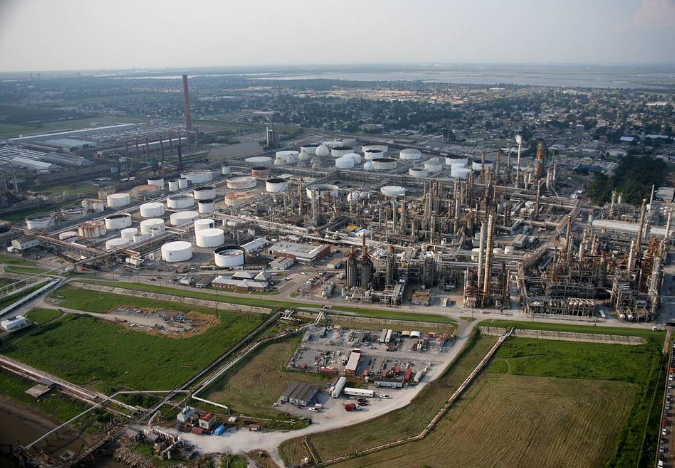
8. Global Energy Market and Geopolitical Impacts
Russia has redirected crude that might otherwise have been processed domestically into exports, boosting August volumes from west port locations by 200,000 barrels a day. Yet logistical limitations, including cutback capacity at Ust-Luga terminal after earlier attacks, limit this strategy. India and China remain the primary buyers, but both face heightened Western pressure to reduce imports. New EU regulations requiring documentation of origin for refined products took into account India’s lucrative business of re-exporting Russian-sourced fuels.
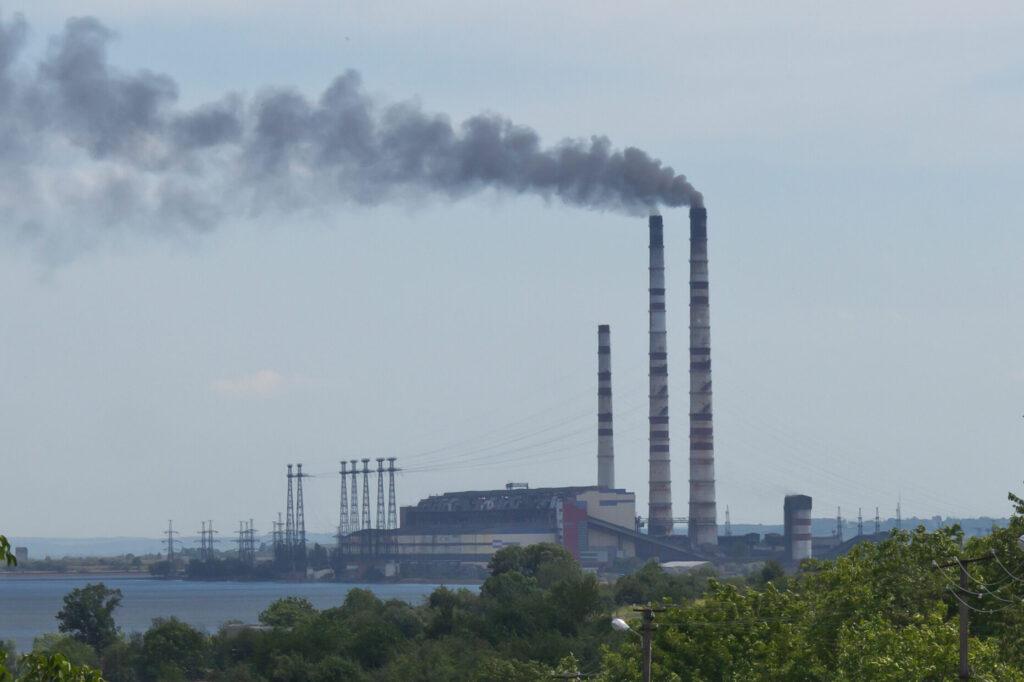
9. Long-term infrastructure and economic burden
Continuous attacks on high-value processing facilities lengthen downtime past short-term repair periods, pushing Moscow to expensively circumvent. Rosneft’s net profit in the first half of 2025 dropped over 68% compared to the corresponding period last year, and industry-wide profit has been cut in half. The ongoing loss of refining capacity threatens to undermine Russia’s domestic fuel surplus, setting the stage for rationing in additional areas if the campaign persists into winter.
By regularly striking Russia’s refining sector’s technical core, Ukraine has turned energy infrastructure into a battlefield, and the effects are not just being felt in the Kremlin’s war budget but in the lives of Russian drivers. The technological complexity of these facilities means each successful attack is more than an infrequent disruption, it is a strategic blow to the equipment that powers the Russian economy and the military machinery.
